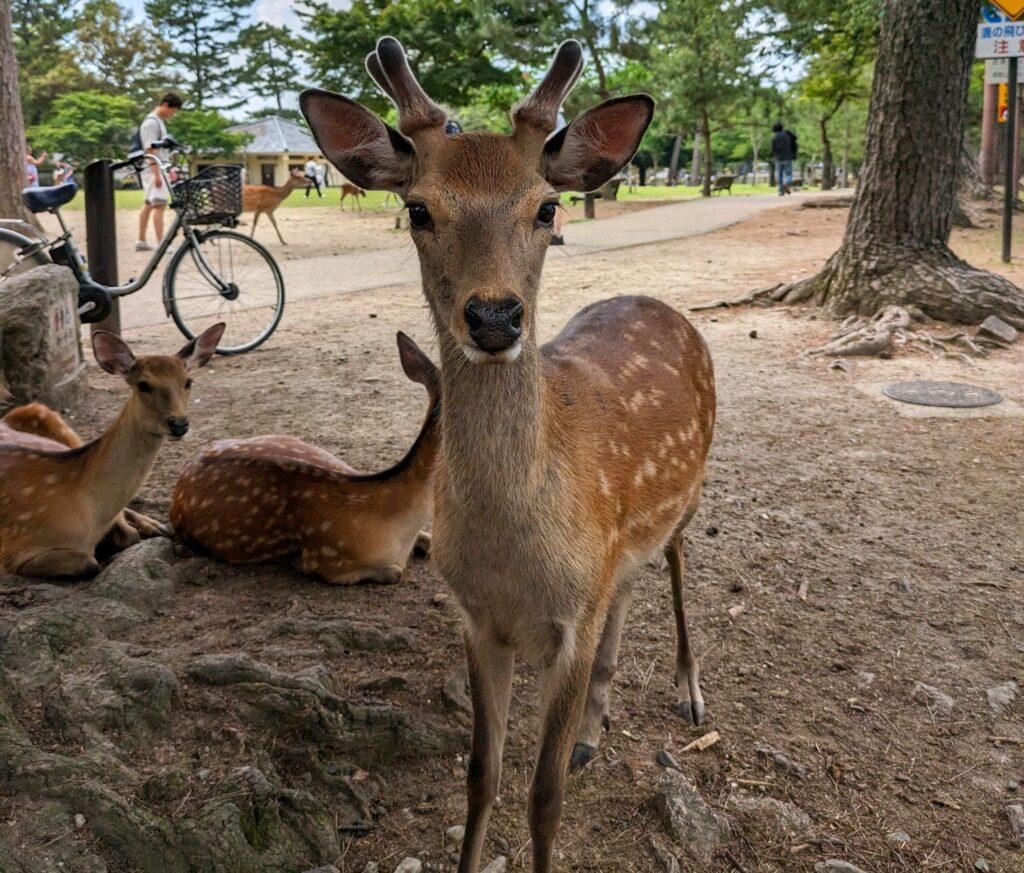We had heard about Nara from a Japanese friend who was actually born there. He told us, “If you’re staying in Kyoto, you must spend at least one day in Nara.” And so we did—and it turned out to be one of the most peaceful and memorable days of our Japan trip.
Arriving in Nara
We took the train from Kyoto to Nara, a ride of less than an hour. The moment we arrived at Nara Station, we could already sense the calm atmosphere. Compared to the busy streets of Kyoto, Nara felt slower, softer, and more welcoming.
Only a few minutes after leaving the station on foot, we spotted our first deer. It felt surreal—these gentle animals just roaming freely in the city, blending perfectly with the locals and visitors.
How to Get to Nara from Kyoto or Osaka
Getting to Nara is very easy, which makes it such a great day trip.
From Kyoto:
We took the train from Kyoto Station and arrived in less than an hour. You can choose the JR Nara Line (covered by the JR Pass) or the Kintetsu Nara Line, which drops you off a bit closer to Nara Park.From Osaka:
If you’re coming from Osaka, the Kintetsu Nara Line is the fastest option (about 35–40 minutes from Osaka-Namba Station). The JR Yamatoji Line is another option, taking around 50 minutes from JR Osaka Station.
No matter where you’re staying, Nara is one of the easiest day trips you can make in Japan.
Arriving in Nara
The moment we arrived at Nara Station, we could already sense the calm atmosphere. Compared to the busy streets of Kyoto, Nara felt slower, softer, and more welcoming.
Only a few minutes after leaving the station on foot, we spotted our first deer. It felt surreal—these gentle animals just roaming freely in the city, blending perfectly with the locals and visitors.
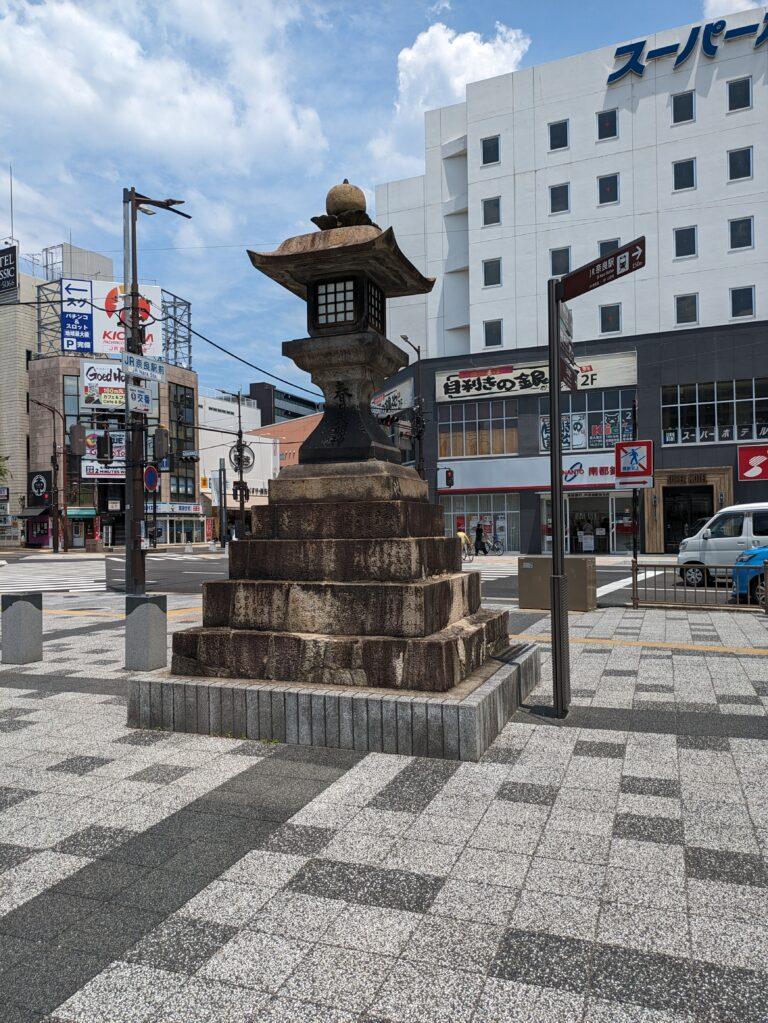
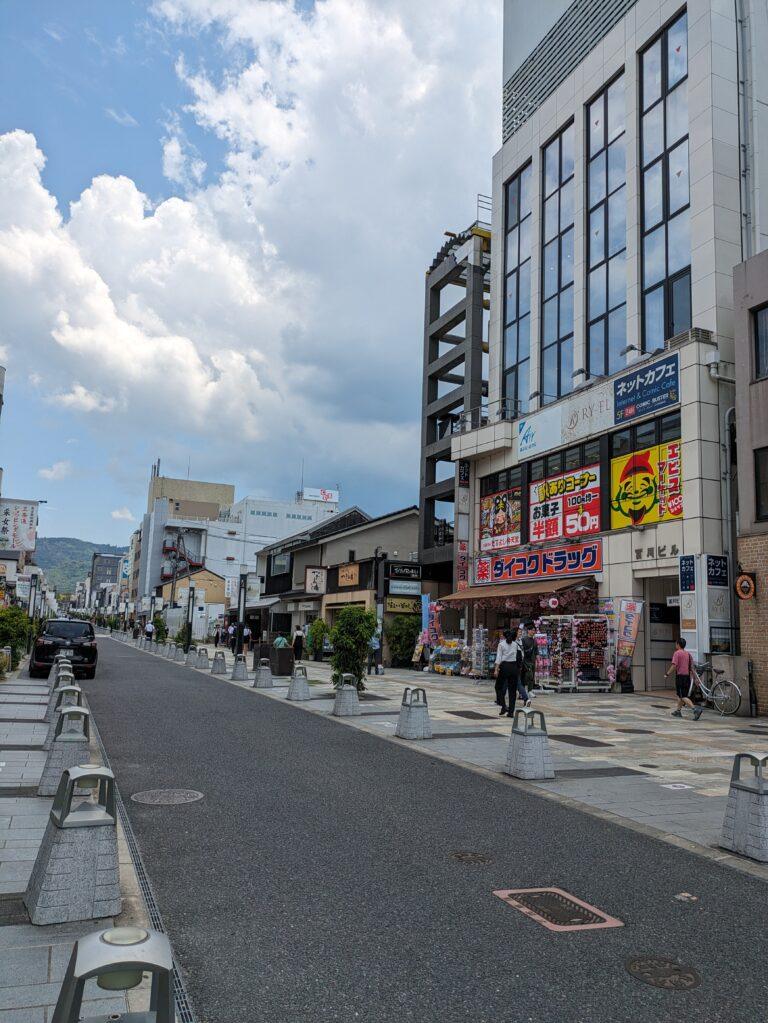
First Impressions of Nara Park
As we walked further, we reached Nara Park, and it was even bigger than we expected. The park seemed endless, with wide green spaces, tall trees, and paths leading to temples and shrines. And of course, more deer!
The deer here are considered sacred, and they’re surprisingly polite—some even bow when you offer them crackers (shika senbei).
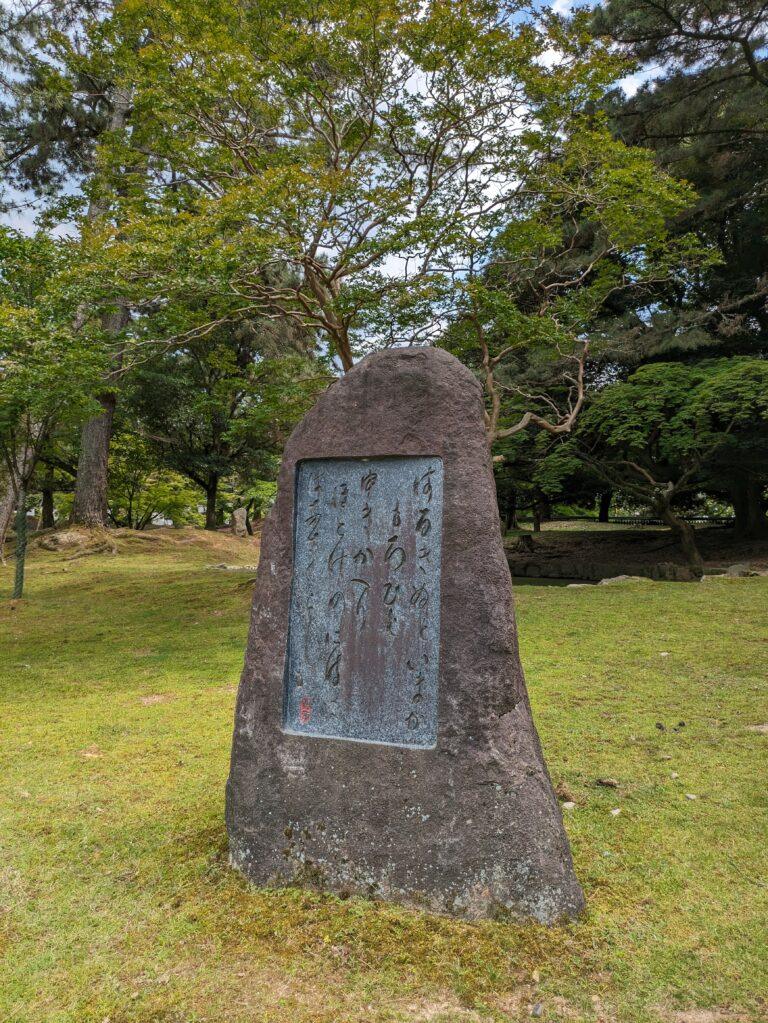

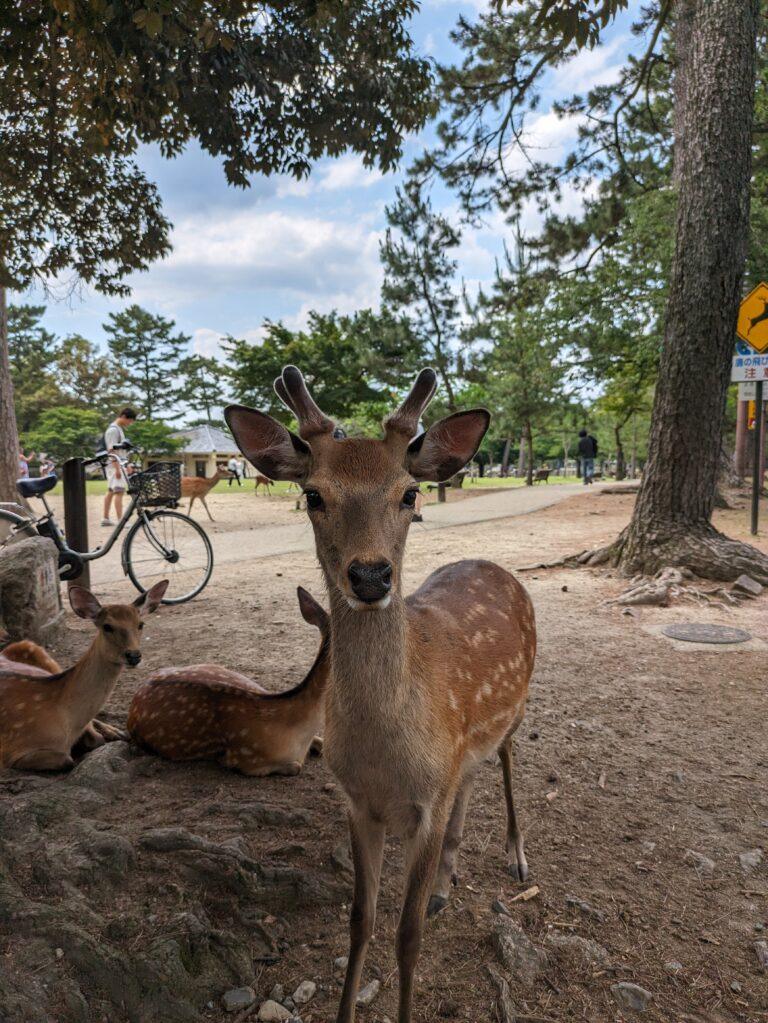

Social Media vs. Reality: A Deer Tip 🦌
We had seen so many cute deer photos online, but the reality can be a little different. At the entrance of the park, where most visitors stop first, the deer are used to being fed a lot—and they can get quite pushy. Some will nudge, pull on your clothes, or even nibble your bag if they think you’re hiding crackers.
If you want a calmer experience, we recommend walking a little deeper into the park. There you’ll find smaller groups of deer, fewer tourists, and a much more peaceful atmosphere for feeding them. It was in those quieter spots that we truly enjoyed interacting with the deer without feeling rushed or overwhelmed.
Nara’s Deer Take Priority 🚦
One of the funniest and most surprising moments of the day was when we saw cars stop in the middle of the street to let deer cross. The street runs right through the park, and the drivers didn’t hesitate for a second.
Our friend laughed and said, “In Nara, the life of a deer is more important than humans!” It was such a funny, charming, and uniquely Nara moment that we couldn’t stop smiling.
Standing in Awe at Todai-ji Temple
The highlight of our day was visiting Todai-ji Temple. From the moment we saw the massive wooden gate leading to the temple, we felt we were stepping into history.
Inside, we were greeted by the Great Buddha (Daibutsu), one of the largest bronze statues in the world. Standing before it, we felt small yet deeply moved. It was not just about the size of the statue, but also the calm energy of the hall.
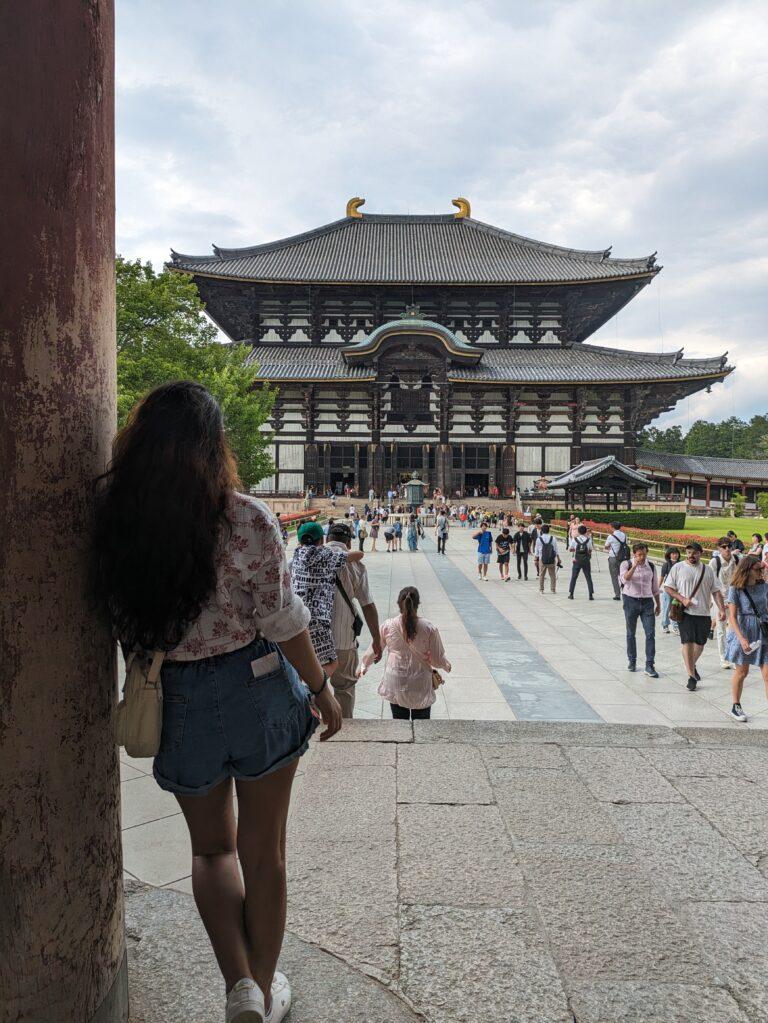
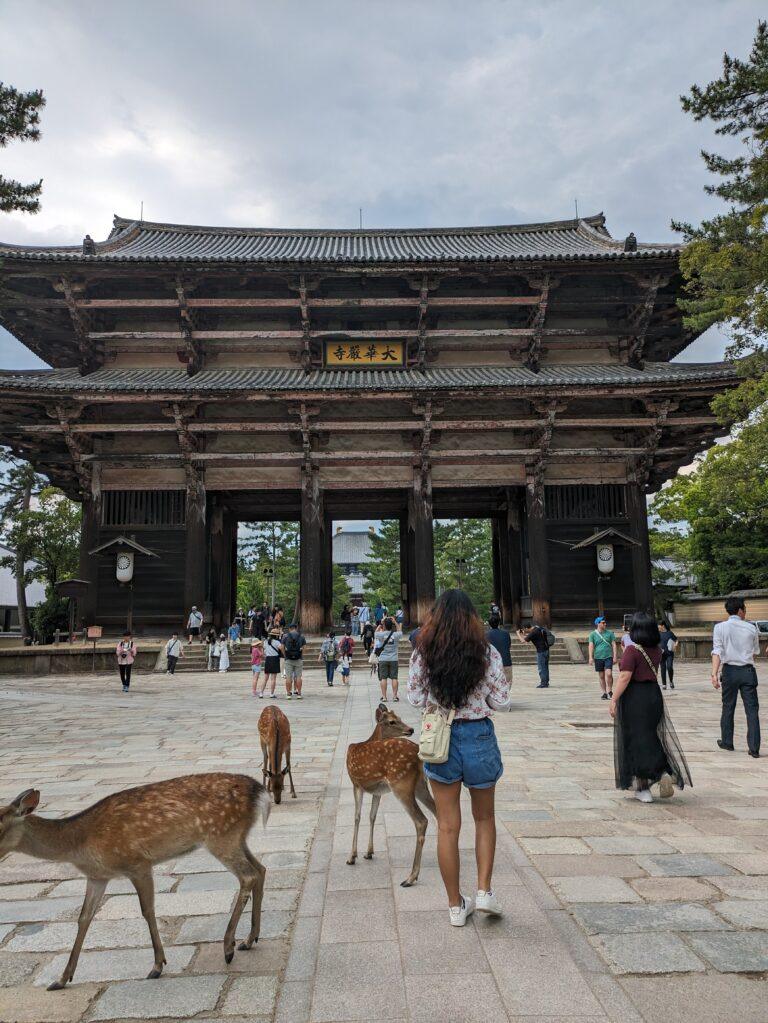
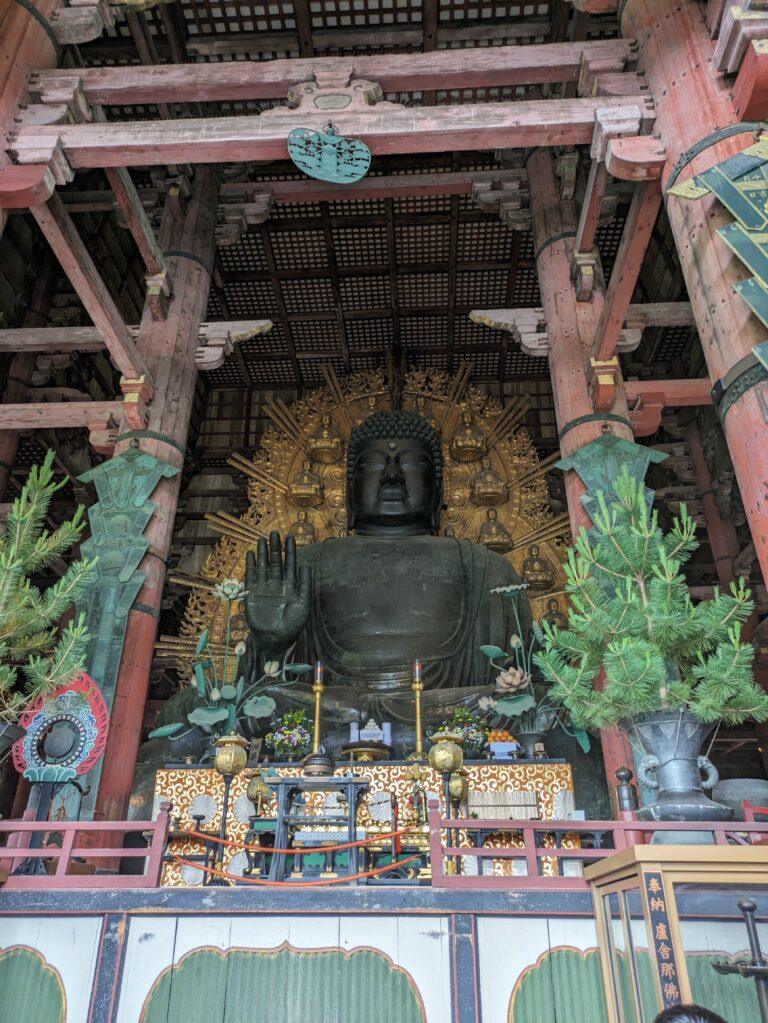
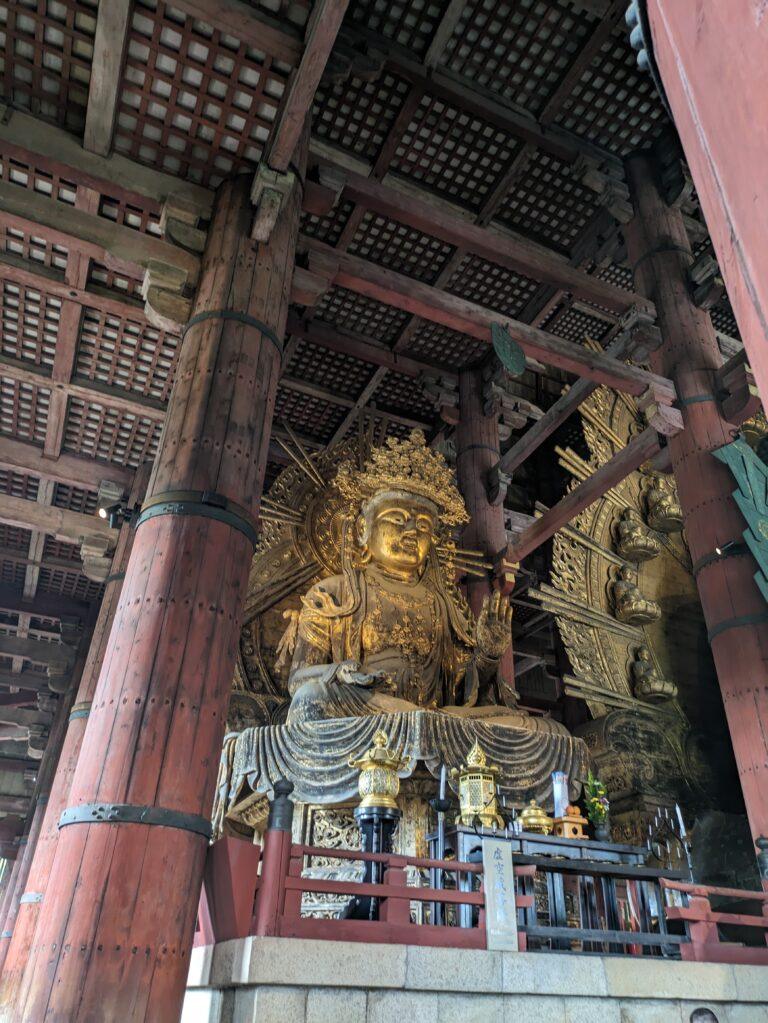
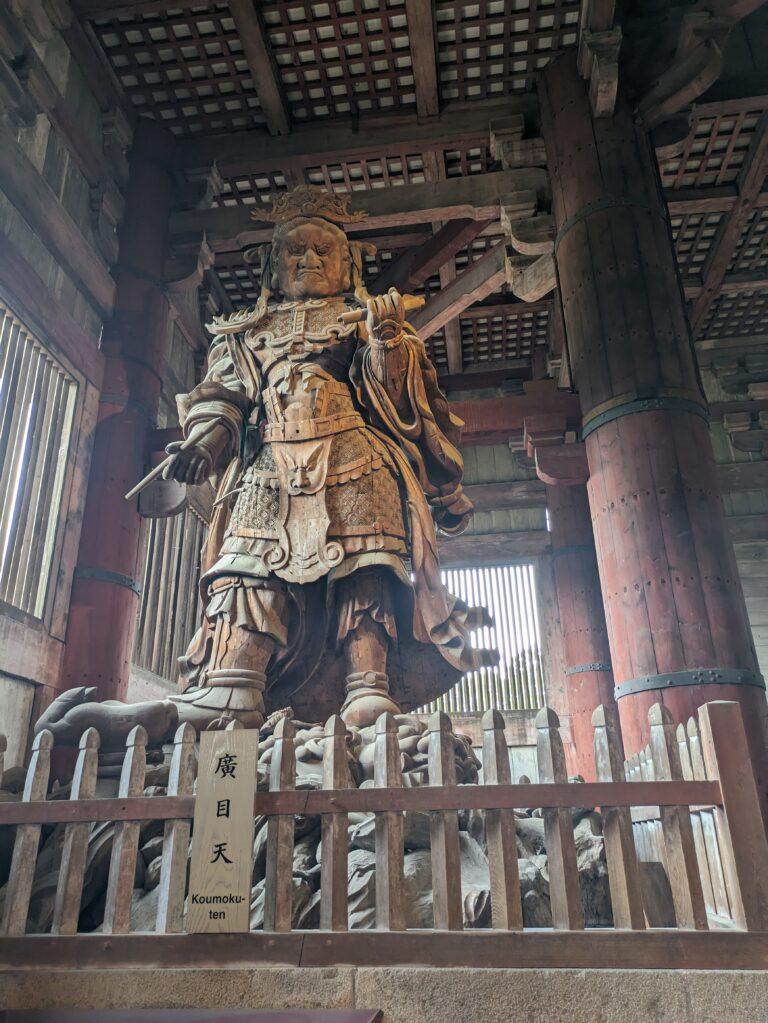
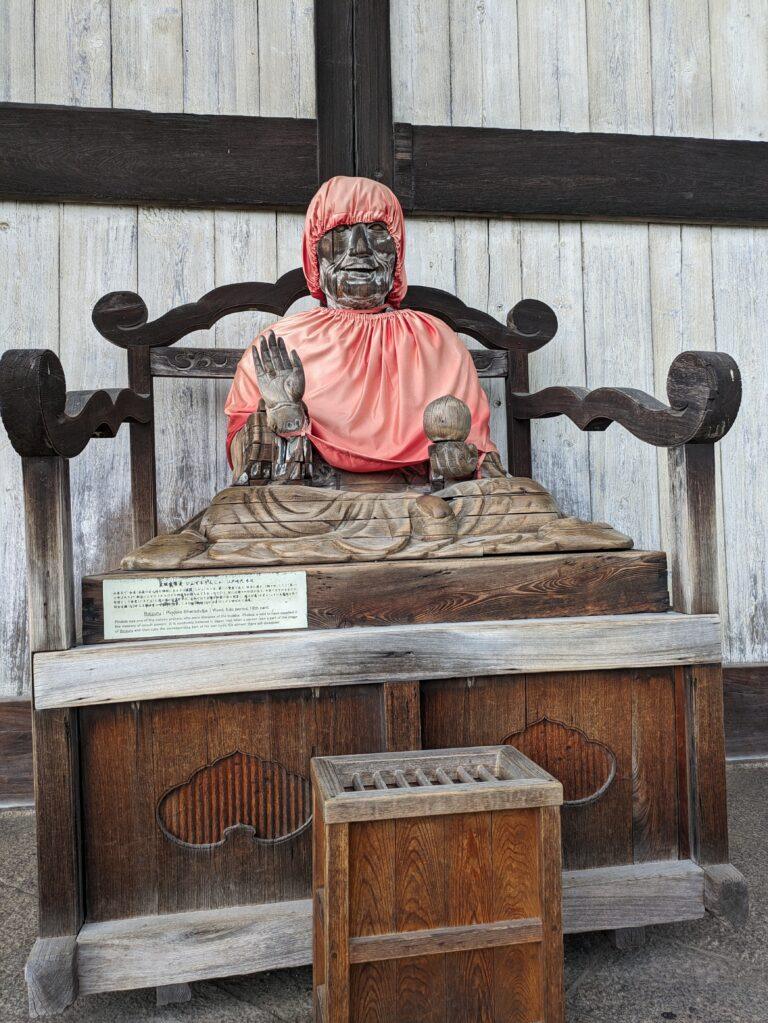
A Walk to Kasuga Taisha Shrine
Later, we wandered along the forest path toward Kasuga Taisha Shrine. The way was lined with hundreds of moss-covered stone lanterns, which gave the place a mystical feel. It was quieter here, and we loved the contrast with the lively park.

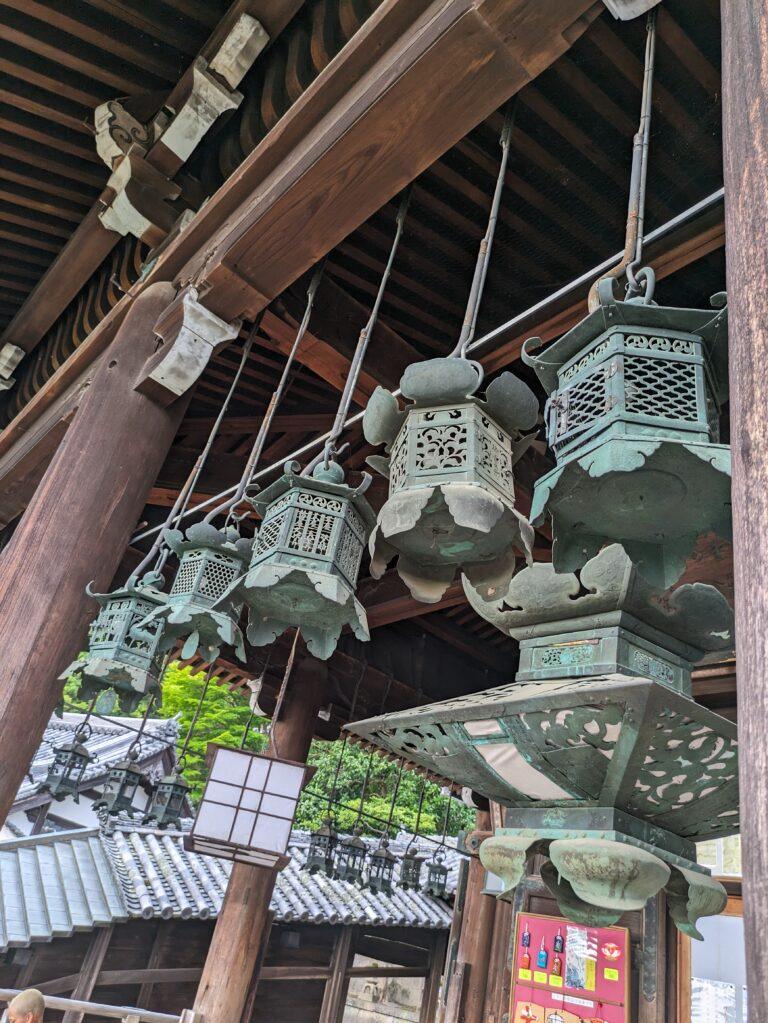

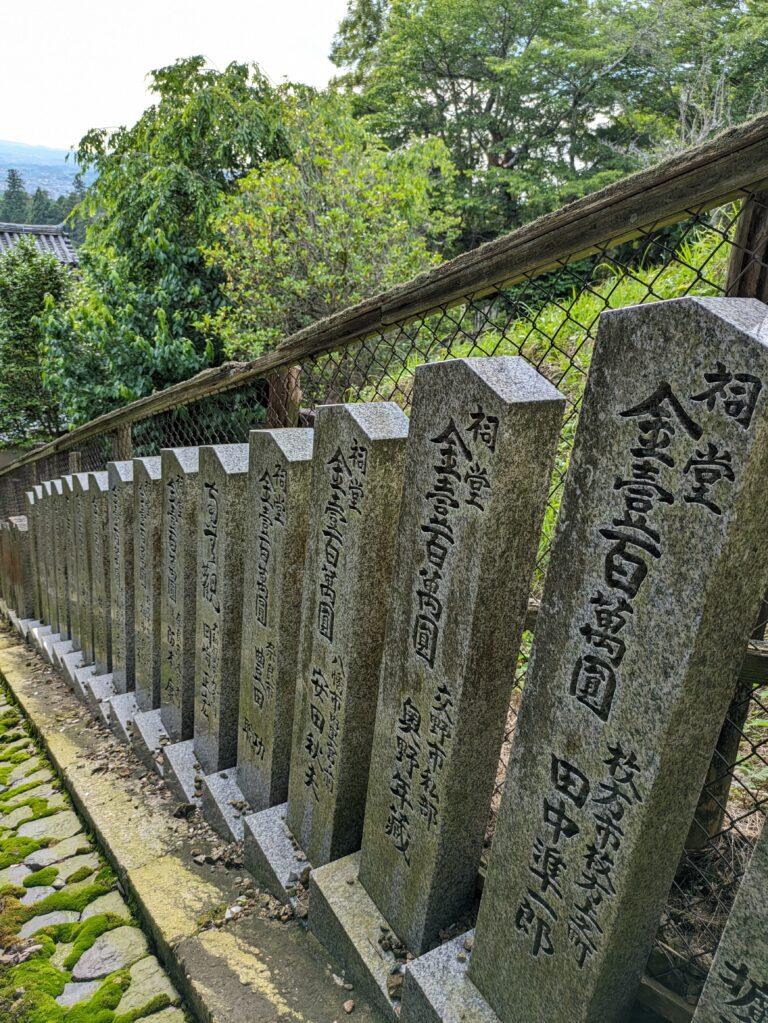
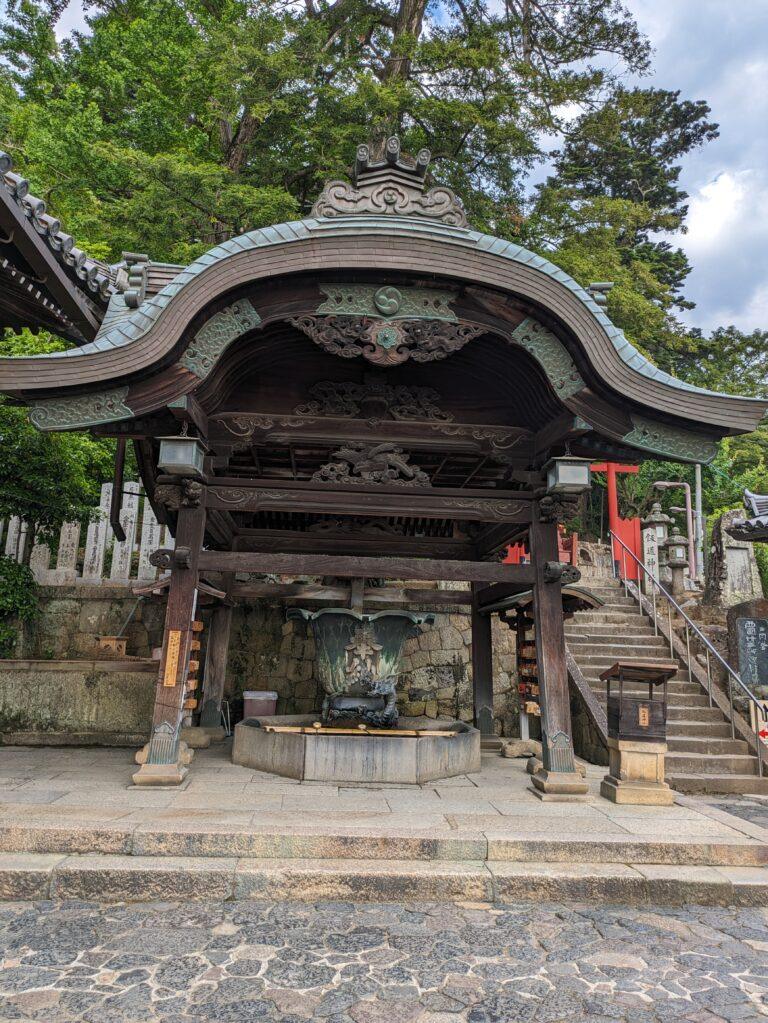
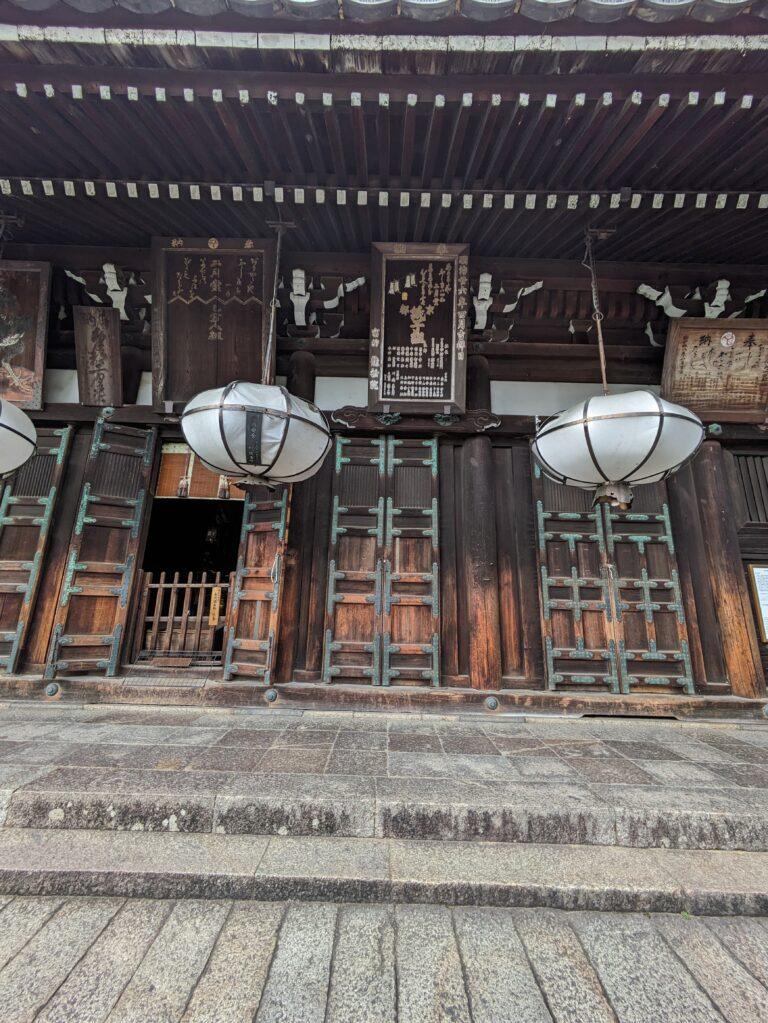
Don’t Miss the Famous Mochi Show
One thing Nara is famous for—besides the deer—is its freshly pounded mochi. At Nakatanidou, a small shop near the station, you can watch the famous mochi-pounding show.
We arrived too late and unfortunately missed the live performance, but we still bought some freshly made mochi—and they were delicious: soft, chewy, and filled with sweet red bean paste.
👉 If you don’t want to miss the show, the pounding usually happens several times a day, typically around 10:30 AM, 1:00 PM, and 3:00 PM (though the schedule can vary, and they sometimes add more shows on busy days). My advice: go early in the day, especially before or after visiting Todai-ji.
Even without the performance, eating that warm, just-made mochi was a highlight.
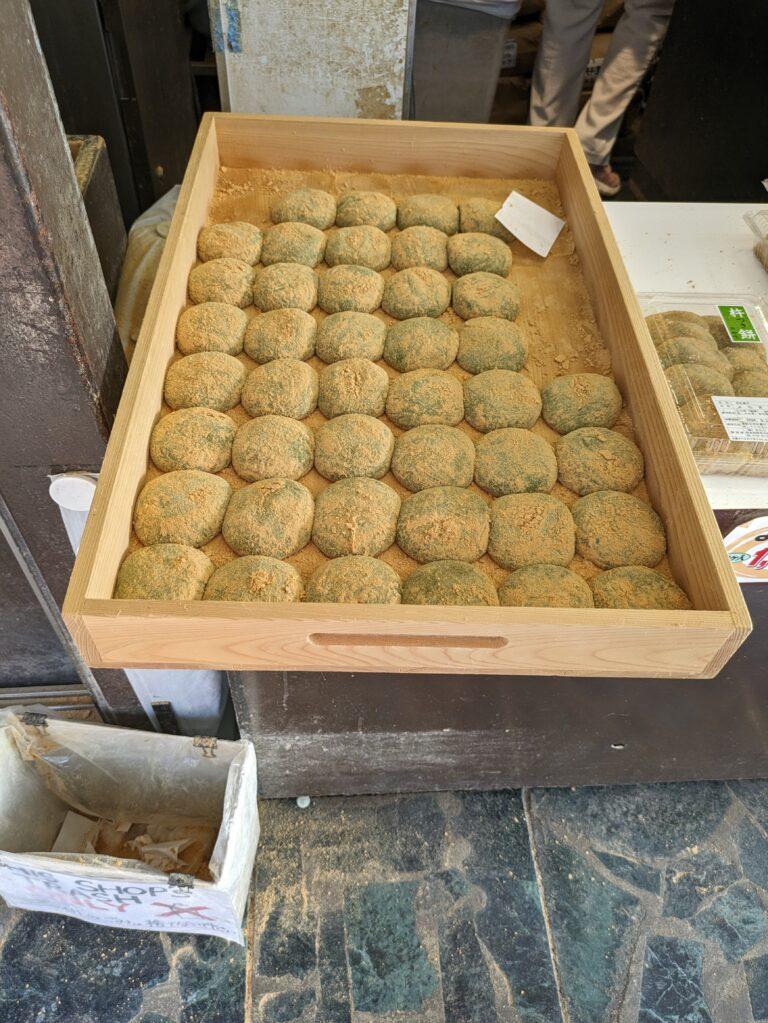

What Made the Trip Special
Having a local friend recommend Nara made our experience even more meaningful. Exploring the city felt like discovering a place through local eyes. We spent the entire day walking around Nara, taking our time to explore every corner, from the bustling park areas to quiet temple paths. There was no rush—just a sense of peace as we meandered along the trails, admired moss-covered lanterns, and paused to watch the deer interact with visitors.
The city has a unique rhythm. Unlike Kyoto, where tourists often follow packed schedules, Nara encourages slowing down. Every step revealed something new: a hidden shrine tucked behind trees, a serene pond reflecting autumn leaves, or a small café where locals quietly enjoyed tea. We truly felt like we could have stayed longer—there was so much to see, so much to savor, and yet it all felt unhurried.
Nara’s charm comes from this combination of accessible history, sacred wildlife, and serene landscapes, but also from the freedom to explore at your own pace. Whether it’s feeding bowing deer, standing before the Great Buddha, wandering ancient shrines, or enjoying fresh mochi, Nara offers a rare kind of tranquility that lingers long after you leave.
Personally, walking all day gave us a deep sense of connection with the city. Every step felt intentional, and the calm energy of Nara allowed us to truly unwind and appreciate the beauty around us.
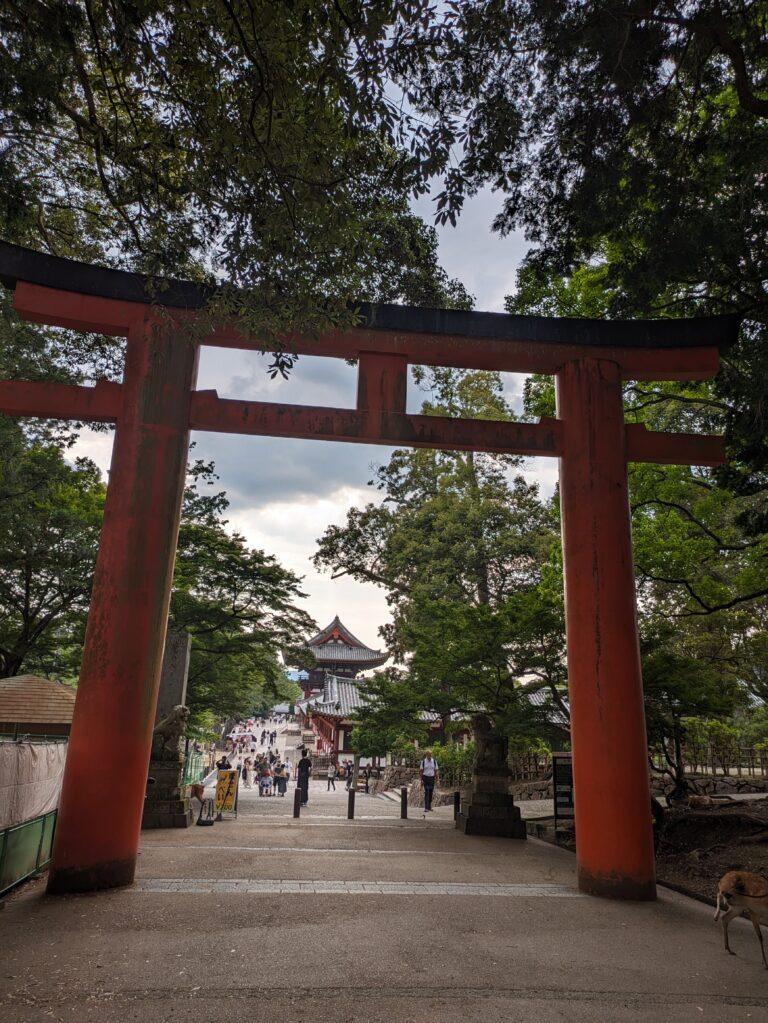

Practical Tips for Your Day Trip
Start early to avoid crowds and enjoy quieter moments with the deer.
Wear comfortable shoes for walking through parks and temple grounds.
Bring cash for snacks, mochi, or temple donations.
Respect the deer—they may bow, but do not chase or force-feed them.
Check train schedules if you plan to return to Kyoto or Osaka the same day.
By following these simple tips, your Nara day trip will be smooth, relaxing, and memorable.
Final Thoughts on Our Nara Day Trip
By the time we returned to Kyoto, we felt completely refreshed and inspired. Nara is everything we had hoped for: peaceful, beautiful, and full of charm. Spending the whole day walking among sacred deer, wandering through ancient shrines, standing in awe before the Great Buddha, and tasting freshly made mochi created memories we’ll cherish forever. Honestly, we could have stayed even longer to fully soak in the serene atmosphere.
If you’re planning a trip to Japan, we highly recommend a day trip to Nara from Kyoto or Osaka. It’s easy to reach, but the experiences you’ll have—the gentle deer, historic temples, and tranquil streets—make it a truly unforgettable destination.
💡 Want more Japan travel inspiration? Check out some of our other blogs:
Top 15 Things We Did in Tokyo in June – A Personal Travel Guide
Top 20 Must-Try Japanese Foods I Loved as a First-Time Traveler
Don’t forget to bookmark this post and share it with friends planning their trip to Japan. Nara is a destination that stays in your heart long after you leave, and it’s the perfect place to slow down, connect with nature, and experience a side of Japan that’s calm, friendly, and unforgettable.

